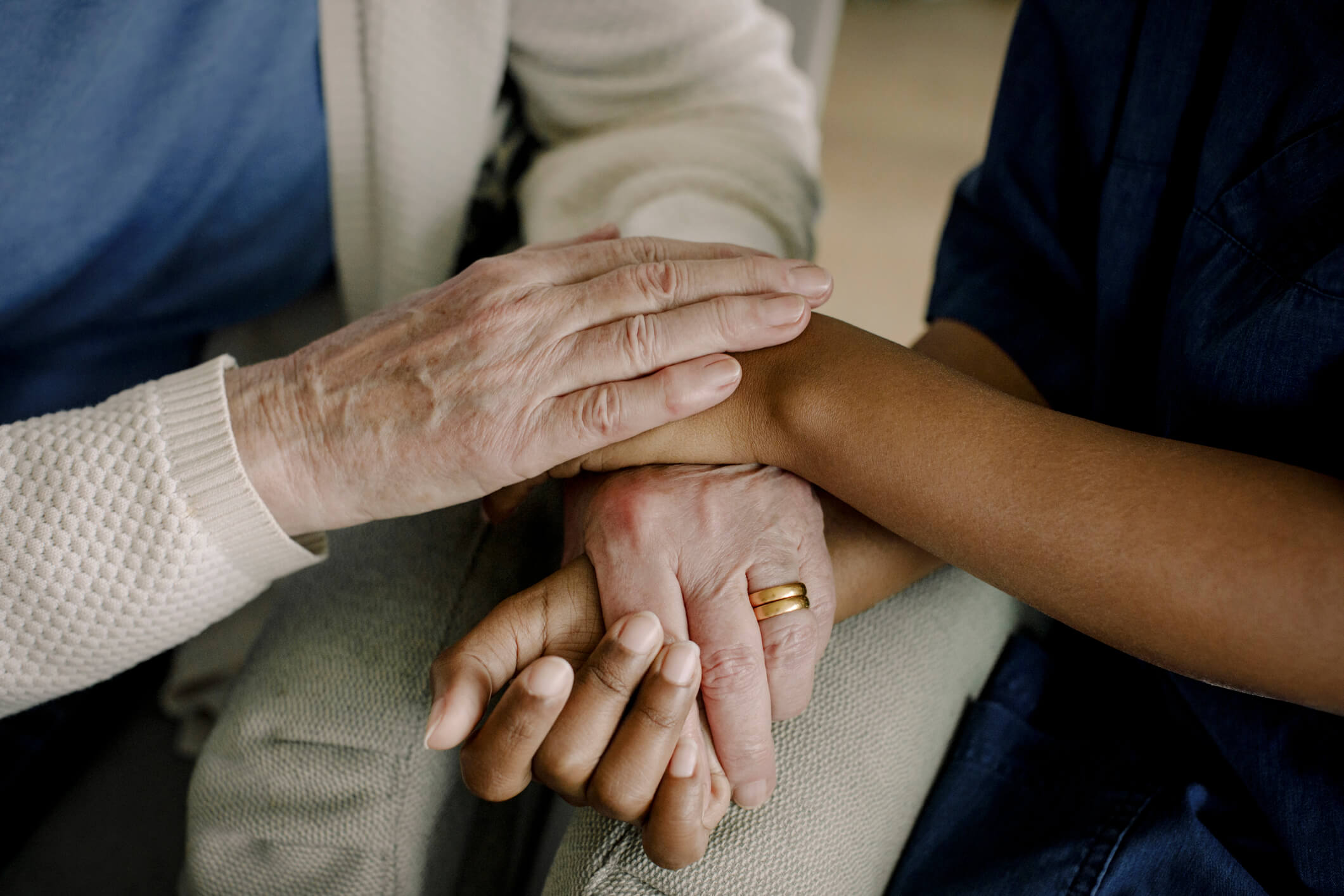Employees—particularly healthcare employees—are increasingly refusing to work because of safety concerns and the need for accommodations related to COVID-19. In certain circumstances, these refusals may trigger protections afforded by the Occupational Safety and Health (OSH) Act, the Americans with Disabilities Act (ADA), and the National Labor Relations Act (NLRA), among others. This article addresses:
- The OSH Act’s application to healthcare employees who refuse to work due to COVID-19;
- Requests for accommodation and leaves of absence made by healthcare employees during the COVID-19 pandemic; and
- The NLRA’s application to healthcare employees who raise safety concerns related to COVID-19.
OSHA Standards and Enforcement Guidance for COVID-19
Employees have filed thousands of complaints with the federal Occupational Safety and Health Administration (OSHA) against healthcare and other employers over alleged safety lapses related to COVID-19. Common concerns cited by employees include a general fear of contracting the virus; a fear of bringing the virus home to family members; the lack of personal protective equipment (PPE) and other safety measures; the inability to distance while working; staffing shortages; and being disciplined for raising concerns or refusing to work.
When analyzing whether a healthcare employer has violated the OSH Act, OSHA will first look to Section 5(a)(1) of the OSH Act (the “General Duty Clause”), which requires employers to maintain a “place of employment which [is] free from recognized hazards.” COVID-19 will likely qualify as a recognized hazard under this standard.
In addition, OSHA’s PPE standards require employees to use gloves, eye and face protection, and respiratory protection when job hazards warrant it. OSHA’s Respiratory Protection standard may require respirators in certain situations. Healthcare employers may want to consider implementing a respiratory protection program if employees need respirators to protect against COVID-19 and adhering to OSHA’s enforcement guidance addressing respirators and PPE shortages.
Another relevant regulation is OSHA’s Bloodborne Pathogens standard, which applies when healthcare employees have occupational exposure to human blood or other potentially infectious materials. Healthcare employers may want to become familiar with OSHA State Plans and local COVID-19 executive orders as well, which address face coverings, social distancing, essential businesses, and other safety measures. Most healthcare employers will qualify as essential under these orders.
Further, employees may be protected from retaliation under the OSH Act when they raise health and safety concerns or refuse to perform work as directed. For instance, an employee may refuse an assignment in an “imminent danger” situation, which involves “a risk of death or serious physical harm” if all of the following conditions apply: (1) the employee has “asked the employer to eliminate the danger and the employer failed to do so”; (2) the employee “refused to work in ‘good faith’” (which is defined as a genuine belief that “an imminent danger exists”); (3) “[a] reasonable person would agree that there is real danger of death or serious injury”; and (4) “[t]here isn’t enough time, due to the urgency of the hazard, to get it corrected through regular enforcement channels, such as requesting an OSHA inspection.” While each situation is different, and a generalized fear of contracting COVID-19 is not likely to justify a work refusal in most cases, healthcare employers may want to investigate the facts before taking any disciplinary action.
On April 13, 2020, OSHA issued an Interim Enforcement Response Plan for COVID-19 explaining that in-person inspections will be limited. OSHA noted, however, that it will focus on healthcare organizations and first responders when investigating complaints related to COVID-19. OSHA has opened over 1,000 inspections of healthcare facilities, including on-site inspections in response to COVID-19-related fatality and hospitalization reports. In certain cases, OSHA has agreed to employee interviews being conducted by telephone and documents being sent via email to minimize time spent on site and in contact with healthcare employers and employees.
Key Considerations
Healthcare employers may want to consider the following measures, among others, to reduce or manage employee safety complaints related to COVID-19:
- Create or update your pandemic response plan, including designating an OSHA point of contact if there are complaints.
- Assess worker hazards, evaluate the risk of exposure, and implement controls to prevent exposure.
- Select PPE based on specific job duties.
- Communicate safety measures to employees, train employees on safety measures and how to report safety and health concerns internally, and obtain employee acknowledgments.
- Understand when COVID-19-related worker hospitalizations and fatalities should be reported to OSHA and/or recorded on OSHA logs.
- Follow industry-specific guidance issued by OSHA and the U.S. Centers for Disease Control and Prevention.
- Modify company policies and procedures in accordance with these guidelines and retrain employees as the guidance changes.
- While conducting post-complaint investigations, keep in mind that retaliation is prohibited against employees who make complaints related to COVID-19.
Accommodations and Leaves of Absence
Healthcare employers are also dealing with employee requests for accommodations and leaves of absence related to COVID-19. The applicable law or policy implicated may depend on the reason for the request, the job functions the employee claims he or she cannot perform, and the available accommodations. Potentially applicable laws include the ADA, the Family and Medical Leave Act, the Families First Coronavirus Response Act, the Pregnancy Discrimination Act, the Age Discrimination in Employment Act, and applicable state laws.
An employee’s request for leave or an accommodation might also fall under the employer’s existing policies (i.e., a medical and/or personal leave of absence policy, a light or transitional duty policy, or an equal employment opportunity/accommodation policy). Determining the relevant laws and/or policies will help the employer assess whether the employee is legally entitled to a leave of absence or accommodation. It will also help the organization assess how it has handled similar requests in the past.
Key Considerations
Healthcare employers may want to consider the following when assessing requests for accommodations or leave related to COVID-19:
- An employee is entitled to a reasonable accommodation, although the accommodation need not be the one the employee requested or one that would constitute an undue burden for the employer. As a result, employers do not need to default to or focus the interactive process on the particular accommodation requested by an employee.
- If an employer is unsure if an accommodation will work, it may want to consider trying the accommodation on a conditional basis.
- An employer may also grant accommodations temporarily based on current business or patient needs. If patient needs and labor shortages are forcing an employer to consider temporarily removing essential functions from an employee’s duties in order to keep them working, the employer could consider approving the temporary accommodation under a COVID-19 emergency light duty plan that can be modified or cancelled when business and patient needs change.
Labor Law Issues
Under certain conditions, a non-supervisory employee’s refusal to work due to safety concerns presented by COVID-19 may be protected by the NLRA. The analysis is different for nonunionized and unionized employees but, in general, employees can refuse to work if they believe that working conditions are unsafe or unhealthy.
With respect to nonunionized employees, the activity must be “concerted” (i.e., with or on behalf of other employees). The employee should have a “reasonable, good faith belief” that working under certain conditions is unsafe or unhealthy. In the case of COVID-19, a nonunionized employee may be protected by the NLRA if the employee is complaining that his or her working conditions are unsafe for all employees.
The NLRA protects nonunionized employees even if they are “honestly mistaken” as to the safety of working conditions. In nonunionized workforces, employers may not discharge an employee who refuses to work but can temporarily or possibly permanently replace that employee. In most states, these employees would not be eligible for unemployment benefits. Certain conduct (e.g., if violence or inappropriate activity accompanies the protected activity) may lose the protection of the NLRA.
A “no strike” provision in a unionized employee’s collective bargaining agreement may not necessarily prevent the employee’s refusal to work due to safety concerns. Section 502 of the NLRA provides a safe harbor for “safety strikes” if the unionized employee has a “good faith belief” supported by “ascertainable” and “objective evidence” that there is an “abnormally dangerous” working condition. The activity does not need to be concerted. Employers may emporarily, but not permanently, replace employees engaged in a safety strike, even if it violates a “no strike” provision.
Key Considerations
Healthcare employers may want to consider the following when dealing with an employee refusing to work due to safety concerns:
- Refusal to work based on safety concerns due to COVID-19 may be protected from retaliation under the NLRA.
- Whether COVID-19 will lead to an abnormally dangerous working condition will depend on the nature of the work and the safety precautions instituted by the employer in specific circumstances.
- At least initially, it may be best to treat all refusals to work related to safety issues as protected by the NLRA. Then, once all the information related to the specific circumstances of the refusal have been identified, the employer may formulate an appropriate response.
Ogletree Deakins will continue to monitor and report on developments with respect to the COVID-19 pandemic and will post updates in the firm’s Coronavirus (COVID-19) Resource Center as additional information becomes available. Important information for employers is also available via the firm’s webinar programs.










